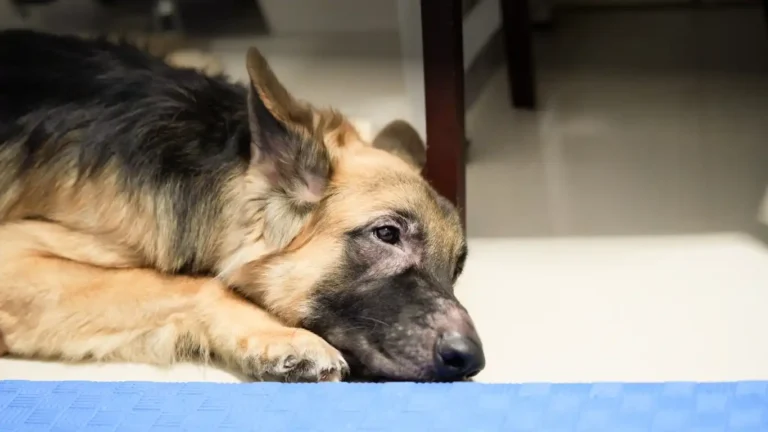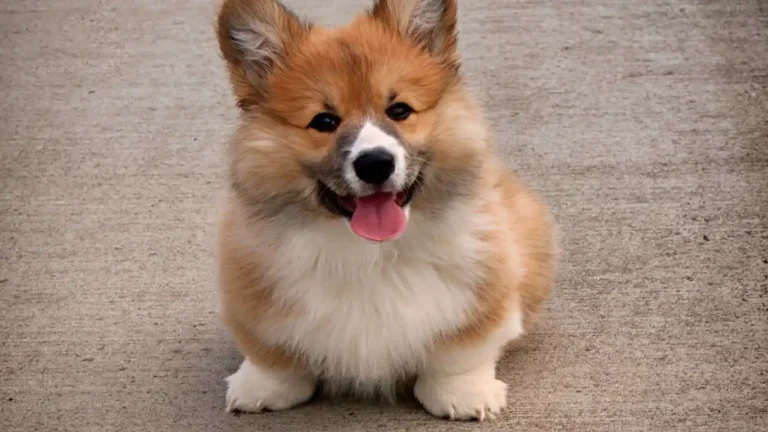Ultimate Dog Care Tips for a Happy & Healthy Pup
As a Pet Nutritionist and pet care expert working in veterinary clinics, I’ve seen firsthand what works—and what doesn’t—when it comes to keeping dogs happy and healthy. Whether you’re a new dog parent or a seasoned pro, these Ultimate Dog Care Tips will help you give your furry friend the best life possible. From nutrition and grooming to mental stimulation and training, I’ll share the insights I’ve learned from years of hands-on experience. Let’s dive into the essentials of top-tier dog care!
Understanding Your Dog’s Nutritional Needs
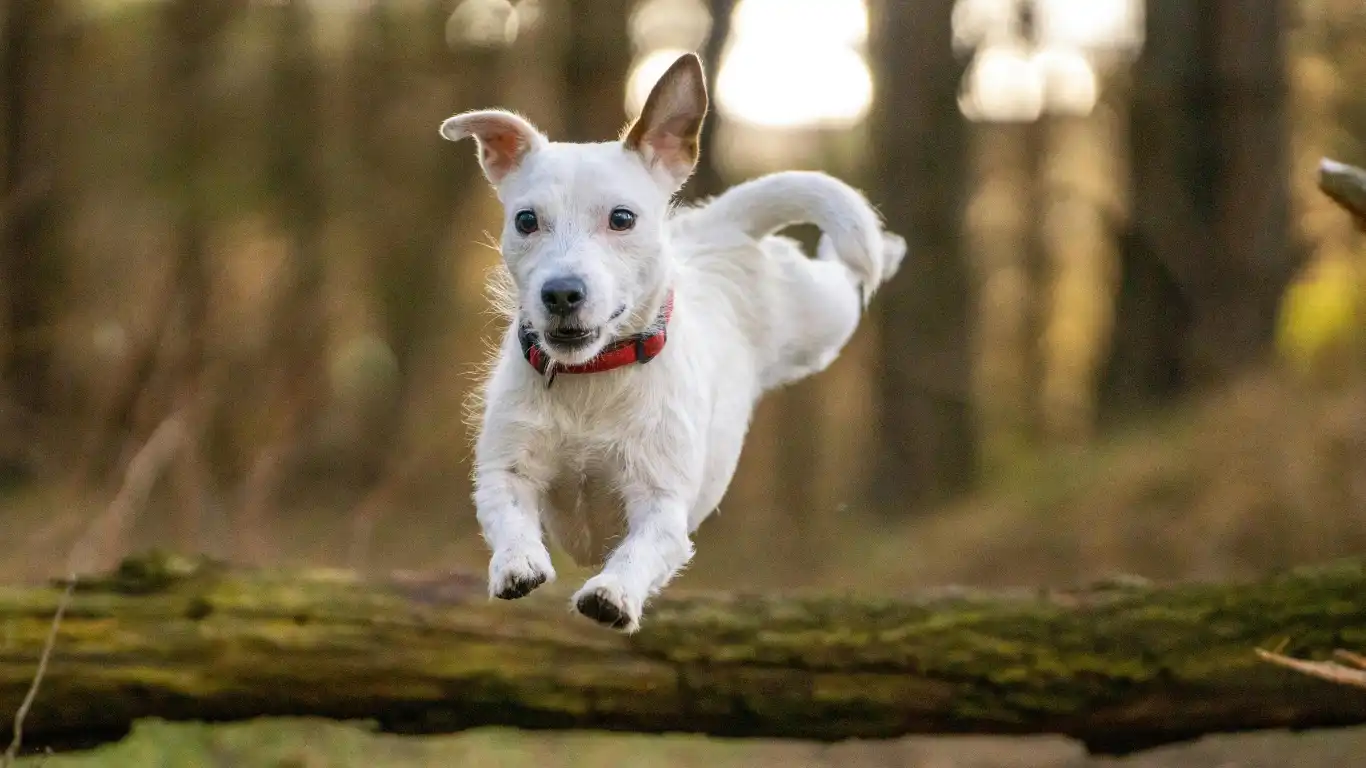
One of the biggest mistakes I see pet owners make is assuming that any commercial dog food will do. The truth? Not all dog foods are created equal. A dog’s diet plays a crucial role in their overall well-being, affecting everything from energy levels to coat health.
Choosing the Right Dog Food
When selecting food for your pup, consider:
- Quality ingredients: Look for whole proteins like chicken, beef, or fish as the first ingredient.
- Avoid fillers: Stay away from foods with excessive corn, wheat, or soy, which offer little nutritional value.
- Life stage-appropriate: Puppies, adults, and seniors all have different dietary needs.
- Check for allergens: If your dog has itchy skin or digestive issues, a grain-free or limited-ingredient diet may help.
From experience, dogs thrive on high-protein, minimally processed foods. I’ve seen clients switch from cheap kibble to a raw or fresh food diet and notice dramatic improvements in their dog’s coat shine, energy, and digestion.
Homemade vs. Commercial Dog Food
Many pet owners ask me, “Should I cook for my dog instead of feeding store-bought food?” While homemade diets can be great, they must be balanced. A diet lacking essential nutrients like calcium and taurine can lead to serious health issues.
Before switching to a homemade diet, consult a vet or pet nutritionist to ensure your pup gets the right balance of:
- Protein (chicken, beef, turkey, fish)
- Healthy fats (fish oil, flaxseed)
- Vitamins and minerals (leafy greens, carrots, eggs)
- Fiber (pumpkin, sweet potatoes)
For busy pet owners, high-quality commercial fresh food brands can be a fantastic alternative.
Essential Grooming Practices for a Healthy Dog

Grooming is about more than just keeping your pup looking cute—it’s essential for their health. I’ve had countless clients come in with dogs suffering from skin infections, matted fur, or ear issues, all because of neglected grooming.
Brushing and Coat Care
The type of brush and frequency of grooming depend on your dog’s coat:
- Short-haired breeds: Brush once a week to remove loose hair.
- Medium-haired breeds: Brush 2-3 times per week to prevent tangles.
- Long-haired breeds: Daily brushing is essential to avoid painful mats.
I always recommend using a slicker brush for long-haired dogs and a rubber grooming mitt for short-haired pups. Regular brushing not only keeps fur healthy but also reduces shedding and prevents skin issues.
Bathing Your Dog the Right Way
Overbathing can dry out your dog’s skin, while underbathing can lead to bad odors and infections. A general rule of thumb:
- Once a month: For most dogs with normal skin.
- Twice a month: For active dogs or those prone to odors.
- Every 2-3 months: For dogs with dry or sensitive skin.
Use a gentle, dog-specific shampoo—human shampoos can disrupt their pH balance. If your dog has allergies, try an oatmeal-based or hypoallergenic shampoo.
Ear and Nail Care
Neglected ears and nails can lead to serious health issues. I can’t tell you how many times I’ve seen dogs in pain because their nails were too long or their ears were infected.
- Ear cleaning: Check ears weekly, especially for floppy-eared breeds. Clean with a vet-approved solution.
- Nail trimming: Every 3-4 weeks to prevent painful overgrowth.
A good trick? If you hear your dog’s nails clicking on the floor, they’re too long!
Keeping Your Dog Physically and Mentally Active
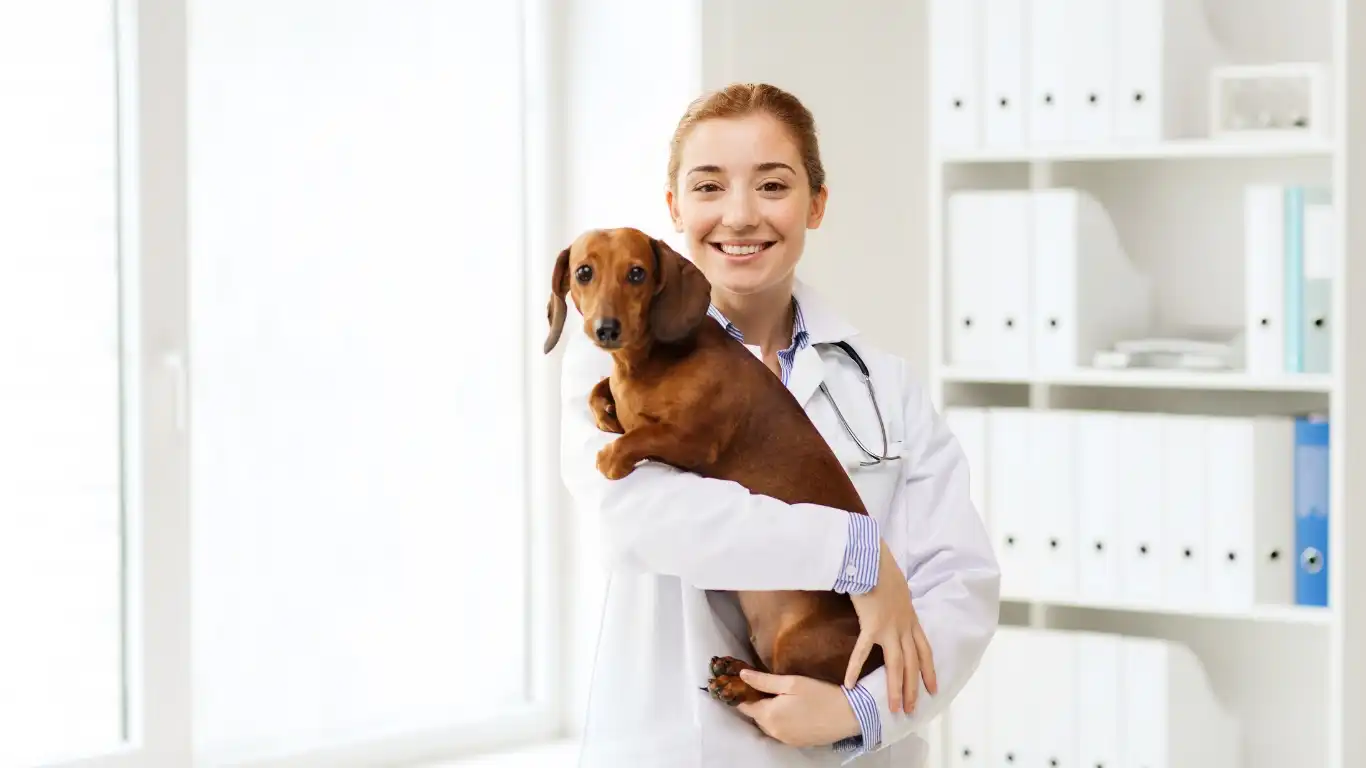
Exercise isn’t just about keeping your dog in shape—it’s crucial for their mental health too. A bored dog is often a destructive dog. Chewed-up furniture, excessive barking, and digging? Often, it’s a sign your pup needs more stimulation.
Daily Exercise Needs
Different breeds have different activity requirements:
- Low-energy breeds (Bulldogs, Basset Hounds): 30-45 minutes of light activity per day.
- Moderate-energy breeds (Labradors, Golden Retrievers): 1-2 hours of daily activity.
- High-energy breeds (Border Collies, Huskies): 2+ hours of vigorous exercise.
Even on rainy days, I tell clients to get creative—indoor games, stair exercises, or even doggy treadmills can help keep pups active.
Brain-Boosting Activities
Mental stimulation is just as important as physical exercise. Here are some of my favorite ways to keep a dog’s brain engaged:
- Puzzle toys: Keeps them occupied and thinking.
- Hide-and-seek: A fun way to engage their sense of smell.
- Basic training: Teaching new tricks builds confidence.
- Interactive play: Games like tug-of-war strengthen bonds.
Dogs that get enough mental and physical exercise are happier, healthier, and less likely to develop behavioral issues.
Building a Strong Bond Through Training and Socialization

Training isn’t just about teaching your dog to sit or roll over—it’s about communication, trust, and creating a bond that lasts a lifetime. I’ve worked with countless dog owners who struggled with behavioral issues, and in most cases, the root of the problem was inconsistent training or a lack of socialization.
The Basics of Obedience Training
Whether you’ve got a playful puppy or a stubborn rescue, obedience training lays the foundation for a well-mannered dog. Here are some key commands every dog should know:
- Sit: Helps with impulse control and is a great starting point for other commands.
- Stay: Crucial for safety, especially near roads or crowded places.
- Come: Ensures your dog returns to you when off-leash.
- Leave it: Stops your pup from grabbing harmful objects.
One thing I always tell my clients—consistency is key. If one family member allows jumping on furniture while another discourages it, your dog will get confused. Set clear rules and stick to them!
Positive Reinforcement: The Best Training Method
Dogs learn best through positive reinforcement, meaning they repeat behaviors that earn rewards. Some great motivators include:
- High-value treats: Small pieces of chicken, cheese, or freeze-dried liver work wonders.
- Praise: A cheerful “Good boy!” can be just as effective as food rewards.
- Toys: For some dogs, a game of tug-of-war is the best prize.
Avoid harsh punishment-based methods. I’ve seen fearful, anxious dogs who were yelled at or physically corrected, and it only led to more behavioral problems. Patience, encouragement, and a sense of fun go a long way in shaping a well-behaved pup.
Socializing Your Dog for a Confident and Happy Life
Proper socialization can prevent a lifetime of fear-based aggression and anxiety. The best time to start is during the puppy stage (8-16 weeks), but adult dogs can still learn to be comfortable around new experiences.
Introduce your dog to:
- Other dogs of different breeds and sizes.
- Various environments (parks, busy streets, pet-friendly stores).
- People of all ages, including children.
- Common sounds like sirens, fireworks, and vacuum cleaners.
One of my favorite tricks? Give treats during new experiences. If your dog associates car rides, vet visits, or meeting strangers with yummy rewards, they’ll be much more relaxed.
Keeping Your Dog Safe and Secure
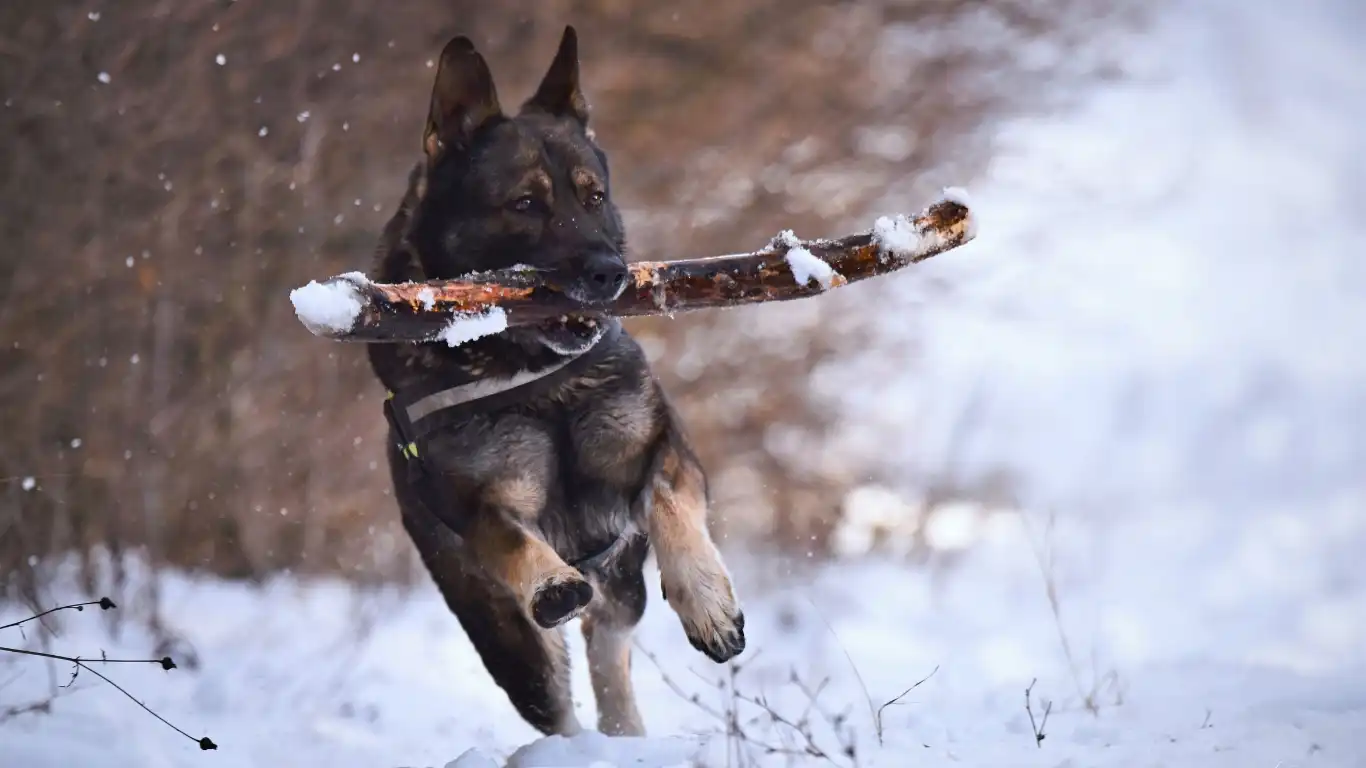
Keeping your pup safe isn’t just about preventing accidents—it’s about ensuring they feel secure and stress-free. I’ve met so many pet parents who underestimated the importance of proper safety measures, only to deal with lost dogs, injuries, or preventable health scares.
Choosing the Right Collar, Harness, and Leash
A poorly fitted collar or harness can cause discomfort—or worse, allow your dog to slip away. Here’s what to look for:
- Collars: Should fit snugly but not too tight. You should be able to slip two fingers under it.
- Harnesses: Great for dogs that pull, as they distribute pressure more evenly.
- Leashes: Standard 4-6 ft leashes are best for control; retractable leashes can be risky in crowded areas.
I’ve had clients come in panicked because their dog slipped out of a loose collar during a walk. Trust me—investing in a well-fitted harness can prevent heart-stopping moments.
Microchipping and ID Tags
One of the simplest yet most overlooked safety tips—always have an ID tag on your dog. Even if they’re microchipped, tags make it easier for a good Samaritan to return your dog quickly.
Make sure your dog’s tag includes:
- Your phone number
- Any medical needs (if applicable)
- “Microchipped” if they have one
Microchipping is a must, too! I can’t count how many lost dogs were reunited with their families thanks to this tiny but life-saving device.
Home and Outdoor Safety Tips
Even the most well-behaved dog can get into trouble. Here are some ways to keep them safe:
- Secure your yard: Check for holes in fences and keep gates locked.
- Keep harmful foods out of reach: Chocolate, grapes, onions, and xylitol are toxic to dogs.
- Beware of extreme temperatures: Hot pavement can burn paws, and cold weather can cause frostbite.
- Use car safety gear: A seatbelt harness or dog car seat can prevent injuries in an accident.
One of the scariest moments I’ve witnessed was a dog that jumped out of a moving car’s window. Luckily, he survived—but since then, I always remind pet owners to keep windows only partially open and use a pet-safe restraint.
Recognizing and Preventing Common Health Issues
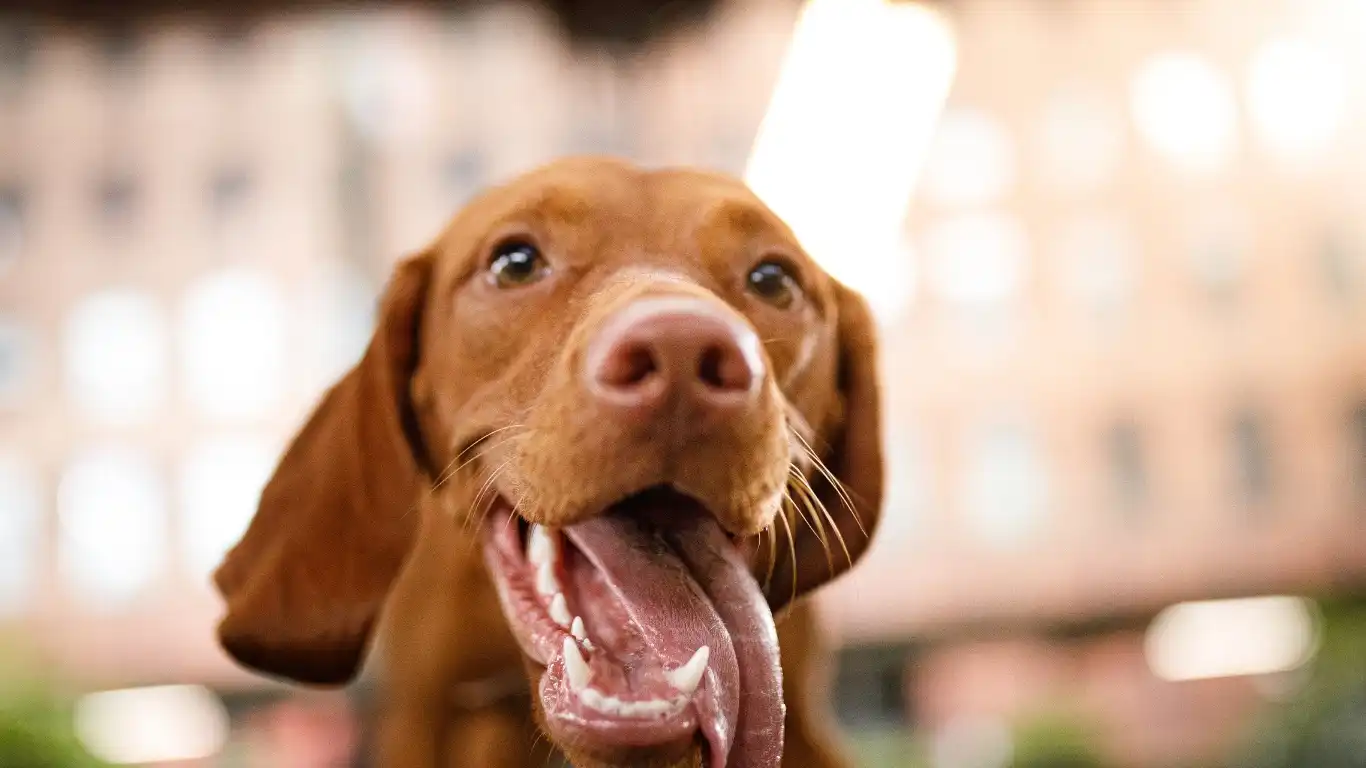
Dogs can’t tell us when they’re feeling sick, so it’s up to us to spot the warning signs early. Knowing what’s normal for your pup—energy levels, appetite, stool consistency—helps you catch health problems before they escalate.
Signs Your Dog May Be Unwell
Watch out for these red flags:
- Changes in eating or drinking habits – Loss of appetite or excessive thirst.
- Lethargy – If your energetic dog suddenly seems sluggish, something could be off.
- Vomiting or diarrhea – Occasional upset stomachs happen, but persistent symptoms need a vet visit.
- Excessive scratching or licking – Could indicate allergies, parasites, or skin infections.
- Bad breath – Dental disease is common but preventable with proper care.
One of my clients ignored their dog’s excessive thirst for weeks, thinking it was just “a phase.” Turns out, it was an early sign of diabetes. Trust your instincts—if something feels off, get your dog checked out.
Preventative Care: The Key to a Long, Healthy Life
Preventative care can save you from expensive vet bills and, more importantly, keep your dog happy and thriving.
Key health essentials include:
- Regular vet check-ups – At least once a year, or twice for seniors.
- Vaccinations – Protect against diseases like parvo, rabies, and distemper.
- Flea and tick prevention – Use vet-approved treatments to avoid infestations.
- Dental hygiene – Brush teeth regularly or use dental chews.
Many pet parents only go to the vet when something’s wrong, but trust me—preventative care is the best investment you can make for your dog’s health.
Understanding Your Dog’s Emotional Needs

Dogs aren’t just pets—they’re emotional companions that thrive on love, attention, and companionship. Over the years, I’ve seen firsthand how neglected emotional needs can lead to behavioral issues, anxiety, and even depression in dogs.
Recognizing Signs of Stress and Anxiety
Just like humans, dogs experience stress, and they have their own ways of showing it. Some subtle and not-so-subtle signs include:
- Excessive barking or whining – A sign of distress or boredom.
- Pacing or restlessness – Common when dogs are anxious or confused.
- Destructive chewing – Often a symptom of separation anxiety.
- Avoidance or hiding – Indicates fear or discomfort.
- Excessive licking – A coping mechanism for stress.
One of my clients had a dog that suddenly started chewing up furniture. They assumed it was a lack of training, but after discussing their schedule, we realized their pup was experiencing severe separation anxiety. Addressing their emotional needs with more bonding time and mental stimulation made a world of difference.
How to Keep Your Dog Mentally Stimulated
A bored dog is a mischievous dog! Here are some ways to keep their mind engaged:
- Puzzle toys: Interactive feeders and treat-dispensing toys challenge their brain.
- Training sessions: Learning new tricks isn’t just fun—it keeps them sharp.
- Enrichment activities: Hide-and-seek games, sniff walks, and agility training are great options.
- Doggy playdates: Socializing with other dogs provides both mental and physical exercise.
One trick I swear by? Make mealtime an activity. Instead of handing over a bowl of food, use a snuffle mat or stuff a Kong toy with kibble and peanut butter. Your pup will love the challenge!
Grooming: More Than Just a Beauty Routine

Grooming isn’t just about keeping your pup looking cute—it’s essential for their health and hygiene. I’ve had so many pet parents come into the clinic wondering why their dog was scratching or had an ear infection, only to find out simple grooming routines could have prevented it.
Basic Grooming Must-Dos
- Brushing: Removes loose fur, prevents matting, and reduces shedding.
- Bathing: Too frequent can dry out skin, too infrequent can lead to odor and buildup. A good rule is once every 4-6 weeks.
- Nail trimming: Overgrown nails can cause pain and mobility issues.
- Ear cleaning: Prevents infections, especially in floppy-eared breeds.
- Dental care: Regular brushing or dental chews help prevent gum disease.
One mistake I see often is pet owners using human shampoo on dogs. Never do this! It disrupts their skin’s pH balance. Always use a gentle, dog-specific shampoo.
Creating a Safe and Comfortable Home Environment
Your dog’s home environment plays a massive role in their well-being. A comfortable, secure space helps reduce stress and keeps them happy.
Essentials for a Dog-Friendly Home
- A cozy bed: Every dog needs a comfortable place to rest.
- Temperature control: Keep them cool in summer and warm in winter.
- Safe zones: Create a quiet, secure space where they can retreat when overwhelmed.
- Pet-proofing: Keep toxic plants, chemicals, and small choking hazards out of reach.
One of the best things I did for my own dog was setting up a designated relaxation corner. A comfy bed, their favorite blanket, and a few chew toys make it their go-to spot when they need downtime.
Final Thoughts: Giving Your Dog the Best Life Possible
Providing top-notch care for your furry friend isn’t just about feeding them or taking them on walks—it’s about understanding their needs, emotions, and well-being. With the right knowledge, attention, and love, you can ensure your dog has a happy, healthy, and fulfilling life.
Quick Recap of Ultimate Dog Care Tips:
- Nutrition matters: Feed a high-quality, balanced diet tailored to your dog’s needs.
- Training and socialization: Essential for good behavior and confidence.
- Regular exercise: Keeps them physically and mentally healthy.
- Routine vet checkups: Prevents health issues before they start.
- Emotional well-being: Dogs need love, play, and mental stimulation.
- Grooming and hygiene: A clean dog is a healthy dog.
- Safe home environment: Comfort and security are key.
References
- American Veterinary Medical Association – Trusted source for pet health and care information.
- American Kennel Club – Dog training, breed guides, and general pet care tips.
- ASPCA – Resources on animal welfare, safety, and adoption.
- PetMD – Veterinary-reviewed advice on pet health and nutrition.
Disclaimer
The information provided in this article is based on my experience as a pet nutritionist and veterinary clinic professional. However, every dog is unique. Please consult your veterinarian before making significant changes to your pet’s diet, training, or health routine.
